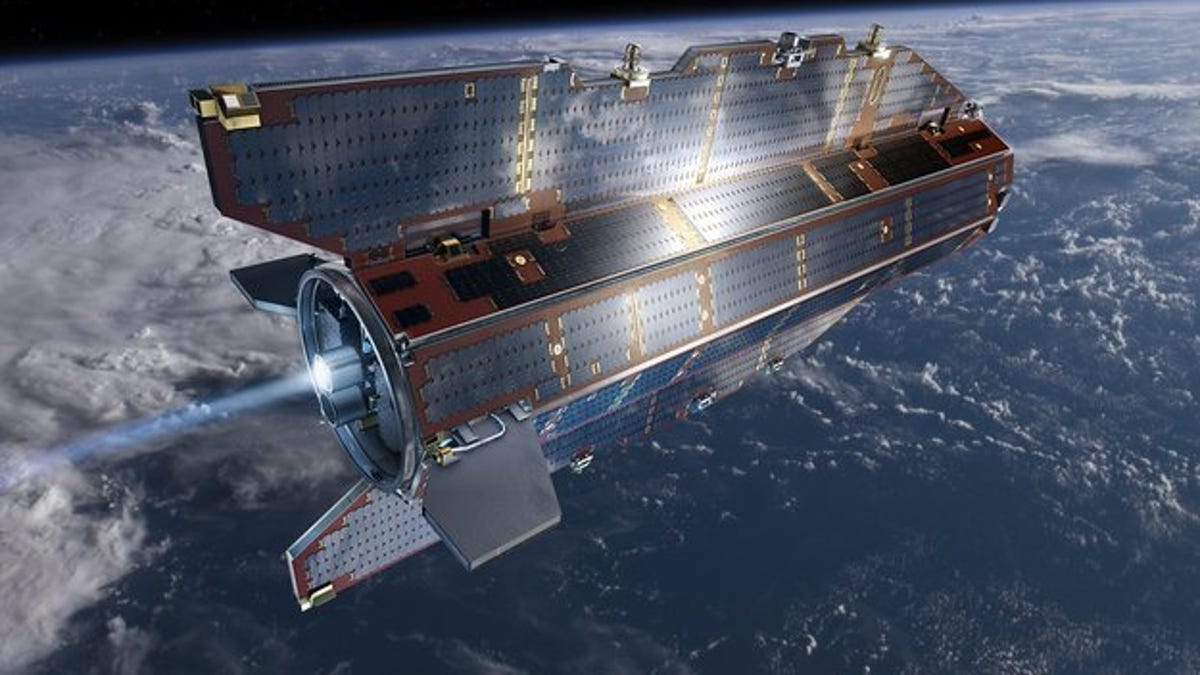'Space Ferrari' crashes to Earth; more space junk coming soon
A one-ton European satellite makes a fiery return to Earth somewhere between the South Pole and...the North Pole.

UPDATE: The ESA now says that GOCE reached "atmospheric interface" above an area between the tip of South America and Antarctica, near the Falkland Islands. According to ESA's Space Debris Office: "This would put the main area over which any possible GOCE remnants fell to the southernmost regions of the Atlantic Ocean."
At some point on Sunday evening, the European Space Agency's Gravity field and steady-state Ocean Circulation Explorer -- also known as GOCE or the "Ferrari of Space" for its sleek shape -- broke up and crashed back to Earth after spending four years in a low orbit precisely mapping our planet's gravity.
As for the obvious question about where exactly it crashed, well, there's been no sightings of fireballs in the sky or reports of damage from falling space junk just yet, but the official word from the ESA is that it re-entered the atmosphere somewhere between Antarctica and Siberia. Turns out that mapping GOCE's demise is done with a little less precision than the mapping the satellite itself once did.
The agency says it's likely that the majority of the one-ton craft burned up in the atmosphere, but an estimated 25 percent of it may have reached Earth's surface, probably landing in the western Pacific or eastern Indian Ocean.
After long outlasting its planned mission length, GOCE finally ran out of fuel about three weeks ago, beginning its long descent back home.
GOCE isn't the only over-the-hill satellite planning a reunion with Earth this week. A Japanese satellite known as IGS 4B will also undergo an uncontrolled reentry in the next few days. Once again, there's no way to tell where it will crash, but I'm willing to bet it might also land somewhere between Siberia and Antarctica.
Updated at 7:30 a.m. November 11 with more information about GOCE's reentry location.

